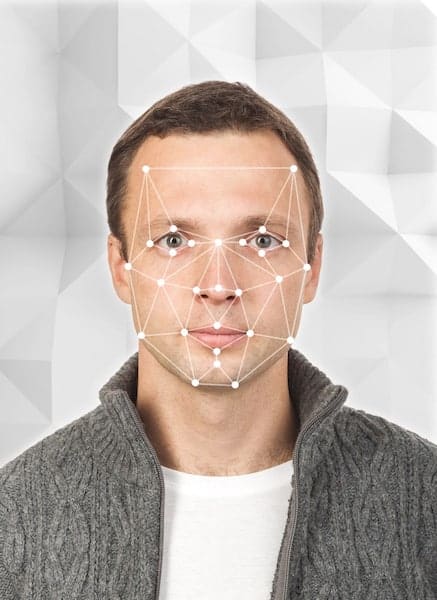by Adam Pease
Recently, Intel partnered with John Deere to implement computer vision solutions for agriculture and other related industries. The semiconductor giant and the equipment manufacturer teamed up to put AI to use for farming. This blog discusses the broader implications of Intel’s dive into computer vision.
What Is Computer Vision?
While it is known for its use in self-driving cars, computer vision has a wide range of emerging applications. Computer vision involves the use of AI to recognize and analyze image and video content. In agriculture, computer vision has been used to support crop monitoring and field visualization. Satellite imagery of fields is processed and analyzed in order to grade productivity and farm health. Agriculture, however, is not the only aspect of Intel’s foray into the computer vision market.
The emergence of new industry verticals is a sign that the market is maturing, and that computer vision is coming of age. As large providers like Intel continue to invest in new solutions, the market awareness of computer vision will grow in turn.
Computer vision has a variety of emerging applications and moves like Intel’s suggest the market is coming of age.
Intel and Computer Vision
There are a number of other emerging use cases that Intel has its eyes on. Stepping up its game in competition with AI providers like NVIDIA, Intel is making use of its chips to power new computer vision applications.
One of Intel’s strengths for computer vision is its set of software offerings, which provide an integrated development environment for computer vision teams that is effective across multiple hardware types. Naturally, Intel offers hardware to support computer vision too, ranging from embedded IoT processors to its new Vision Processing Units (VPUs), which promise to accelerate computer vision data at the edge.
Intel’s Computer Vision Partners
Intel’s partnerships have enabled it to support a variety of interesting computer vision applications. The Intel-powered platform Accenture, for instance, power surveillance cameras to recognize visual content. Intel is involved in applications ranging from medical, to retail, to transport, to industry.
However, one of the hottest applications of computer vision is workplace safety.
Computer Vision and Workplace Safety
Intel’s partnership with Vulcan AI has given rise to WorkSafe, which uses continuous monitoring assisted by computer vision to analyze a workplace environment for adherence to safety regulations, and to preemptively scan for accidents.
Such systems can recognize falls or other injuries, and have serious potential for adoption in a world where many organizations want to monitor their workplace for COVID-19 safety concerns such as social distancing or PPE-wearing.
Bottom Line
Intel keeps NVIDIA on its toes with its ongoing dive into the computer vision market. As new industry verticals proliferate, providers like Intel are partnering to deliver solutions and move us towards a world where many of our fundamental infrastructure systems are powered by computer vision.
